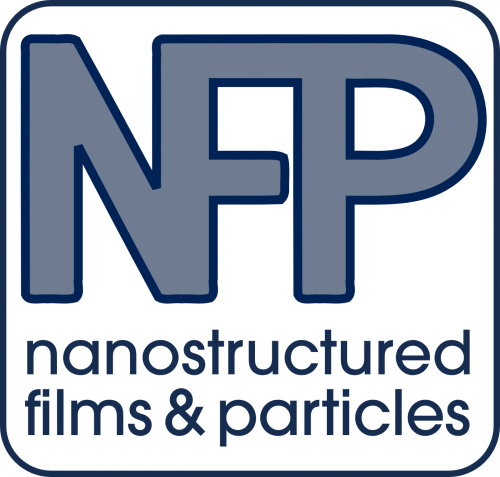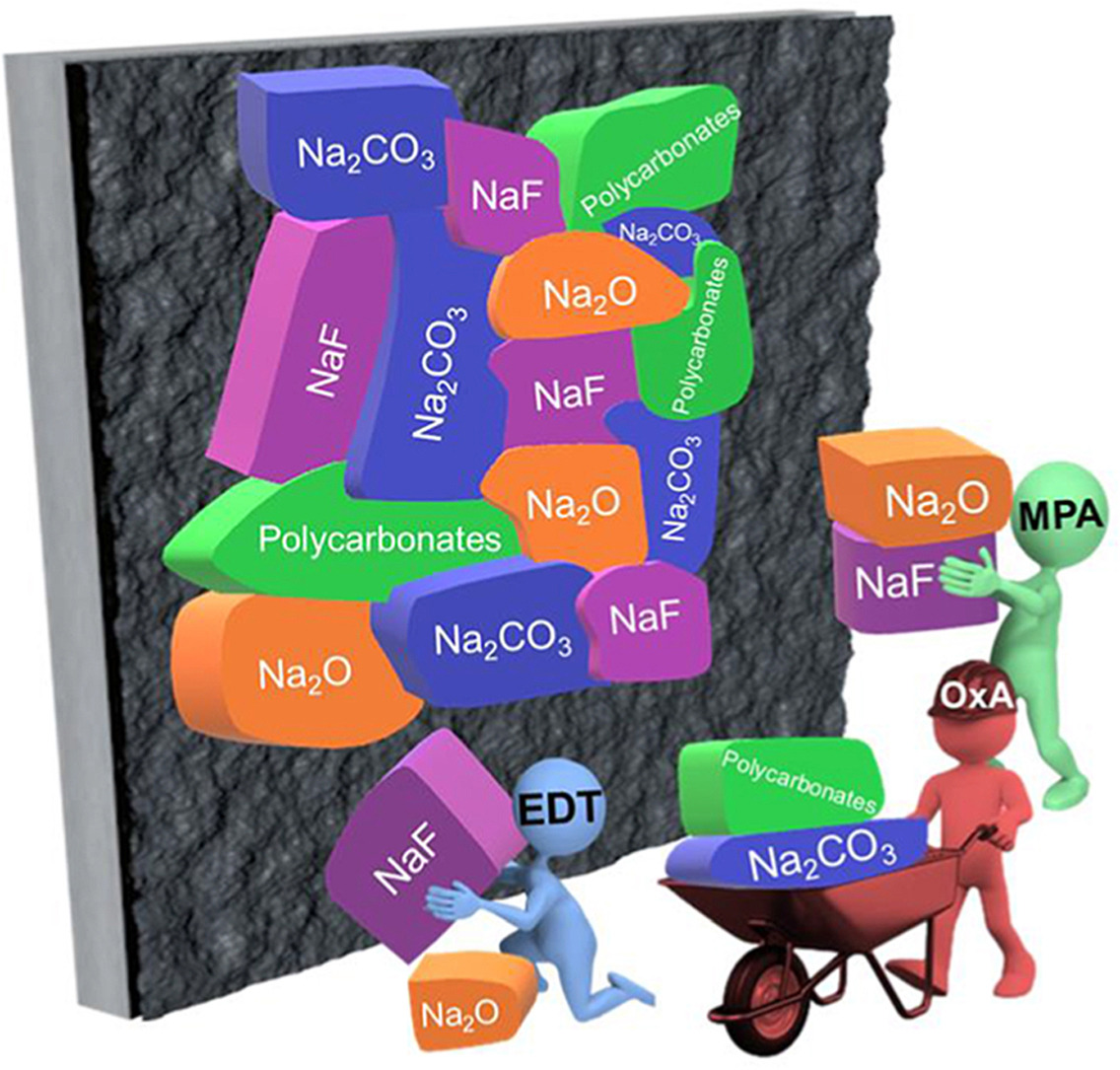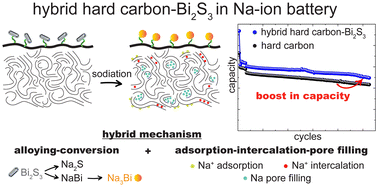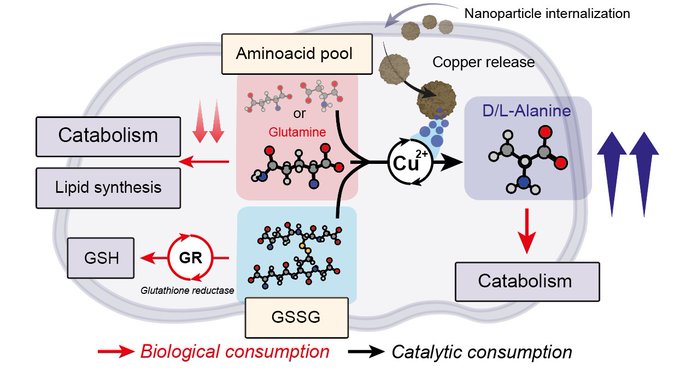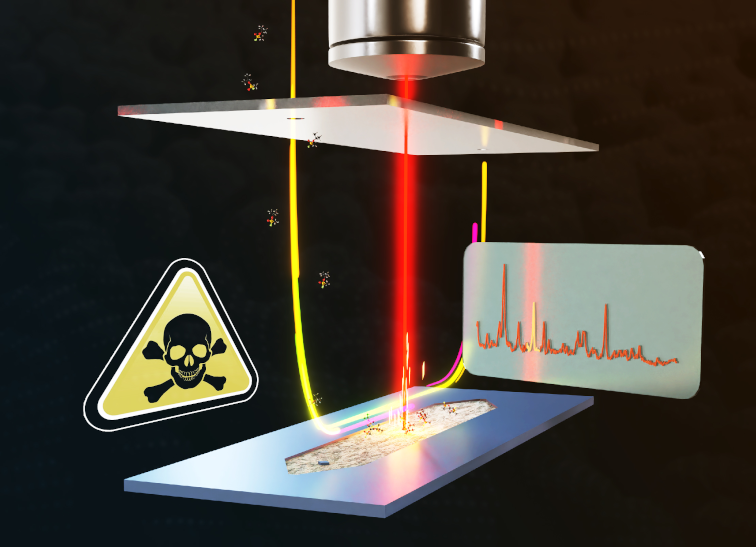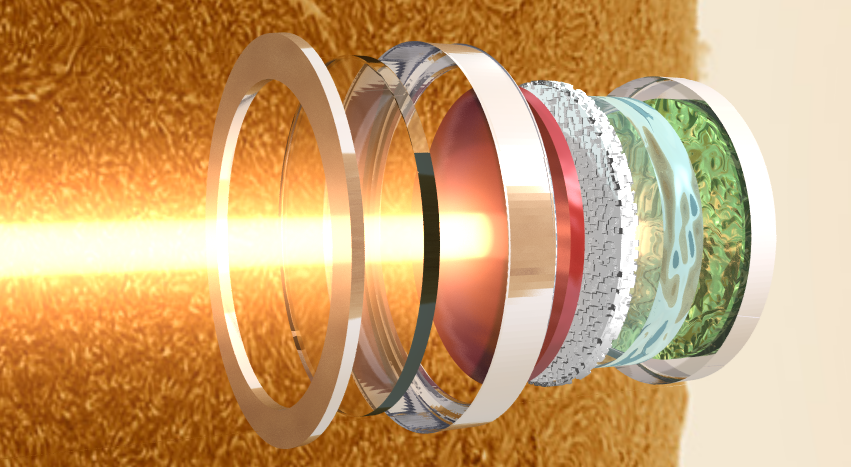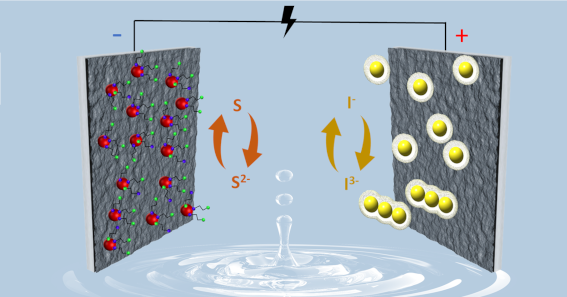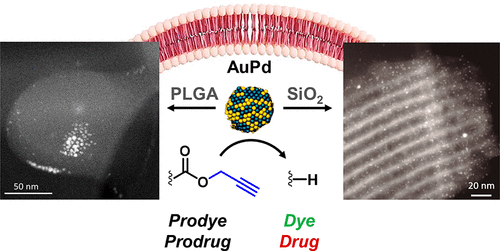Bioorthogonal platinum chemistry! Dendritic Pt nanoparticles shielded by Pt−S PEGylation demonstrated high biocompatibility and the capacity to mediate uncaging reactions in cancer cells, enabling the in situ release of anticancer drugs in 2D and 3D culture, and in vivo. Full article here. NANBIOSIS https://www.nanbiosis.es/new-dendritic-platinum-nanocatalysts-for-selective-activation-of-anticancer-drugs/ NFP Research Area: Nanomedicine: Catalysts Against Cancer
Read More
